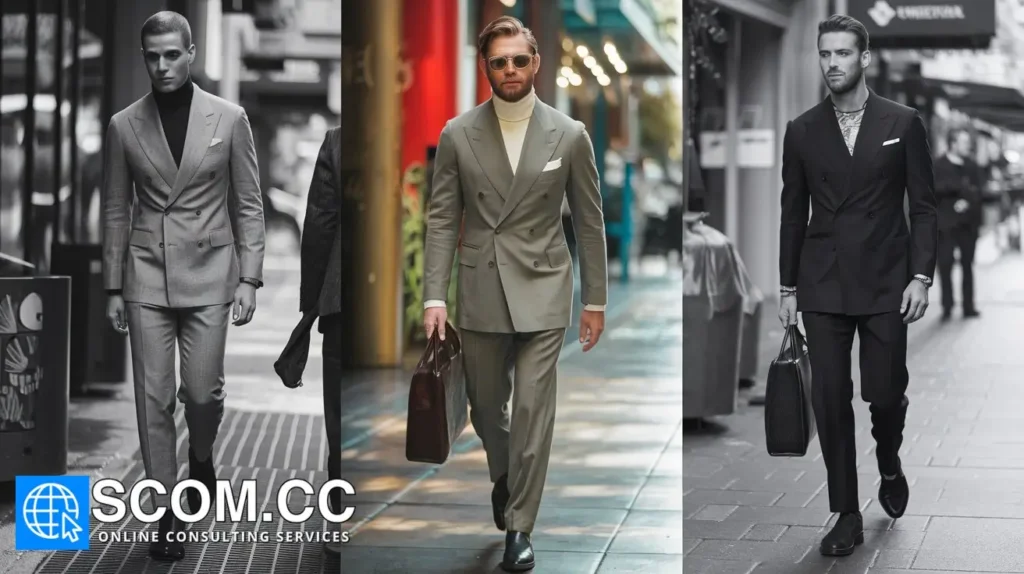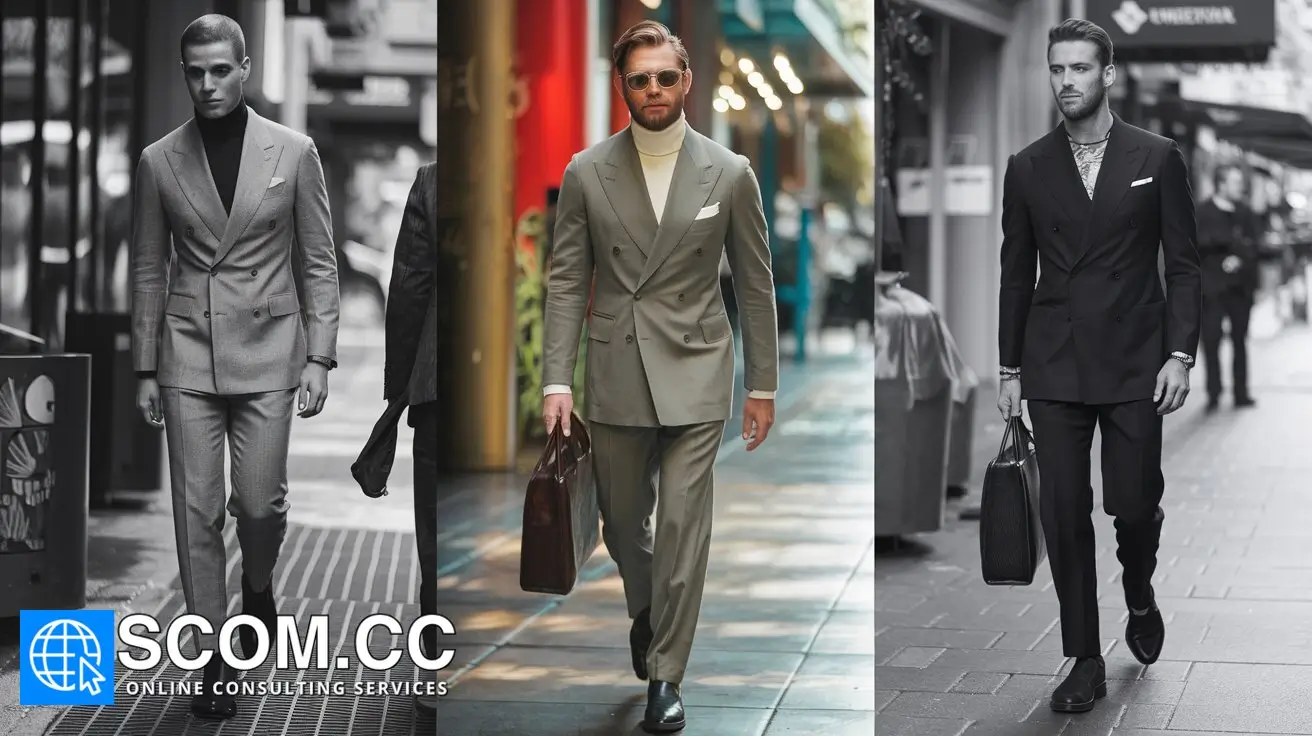The Influence of Streetwear on Tailoring Styles

The Influence of Streetwear on Tailoring Styles
In the evolving landscape of fashion, one of the most notable trends of the 21st century has been the intersection of streetwear and tailoring. This fusion has redefined both aesthetics and functionality, bridging the gap between casual and formal attire. Streetwear, originally rooted in urban culture and youth movements, has infiltrated the world of high fashion, reshaping traditional tailoring styles in ways that are both innovative and impactful.
The Rise of Streetwear: A Cultural Phenomenon
Streetwear’s ascent from niche subculture to global influence is a testament to its cultural significance. Emerging in the late 20th century, streetwear was heavily influenced by hip-hop, skateboarding, and graffiti culture. It was more than just clothing—it was a statement of identity, rebellion, and belonging. As the influence of these movements grew, so did the reach of streetwear. What began as a grassroots movement quickly attracted the attention of mainstream fashion, leading to collaborations with high-end designers and luxury brands.
The democratization of fashion through social media further fueled streetwear’s popularity. Platforms like Instagram and TikTok allowed influencers and everyday individuals to showcase their style, often blurring the lines between luxury and casual wear. As a result, streetwear became a global phenomenon, influencing not just youth culture but the broader fashion industry as well.
The Fusion of Streetwear and Tailoring: A New Era of Fashion
The intersection of streetwear and tailoring represents a significant shift in fashion’s evolution. Traditionally, tailoring was associated with formality, precision, and timeless elegance. The structured silhouettes and meticulous craftsmanship of tailored garments were hallmarks of professional attire and high fashion. However, the infusion of streetwear elements into tailoring has disrupted these conventions, creating a new sartorial language that resonates with modern consumers.
One of the most prominent examples of this fusion is the rise of the "suit sneaker" look. Gone are the days when a suit required a pair of polished leather shoes. Today, it’s not uncommon to see tailored suits paired with sleek sneakers, blending the comfort and casual vibe of streetwear with the sophistication of traditional tailoring. This combination reflects a broader trend towards versatility in fashion—clothing that can transition seamlessly from formal to casual settings.
Another key aspect of this fusion is the relaxed tailoring trend. Designers are increasingly incorporating streetwear's relaxed silhouettes and materials into tailored garments. Oversized blazers, loose-fitting trousers, and drawstring waists are just a few examples of how streetwear has influenced the fit and structure of tailored clothing. These changes have made tailored pieces more accessible and appealing to a younger, more diverse audience, who value comfort as much as style.
Key Designers and Brands Leading the Fusion
Several designers and brands have been instrumental in merging streetwear with tailoring. Virgil Abloh, the late founder of Off-White and former artistic director of Louis Vuitton’s menswear, was a pioneer in this space. Abloh’s designs often juxtaposed streetwear aesthetics—such as bold graphics and oversized fits—with traditional tailoring techniques. His influence extended across the fashion world, inspiring other designers to explore the potential of this hybrid style.
Thom Browne is another designer who has successfully blended streetwear with tailoring. Known for his signature shrunken suits, Browne has incorporated elements like striped details and exaggerated proportions into his designs, drawing inspiration from streetwear while maintaining a strong tailoring foundation. His approach has challenged the norms of traditional menswear, pushing the boundaries of what tailored clothing can look like.
Balenciaga, under the creative direction of Demna Gvasalia, has also been a major player in this movement. Gvasalia, who has a background in streetwear, has infused Balenciaga’s collections with oversized silhouettes, graphic prints, and unconventional materials, all while retaining the brand’s luxurious heritage. This blend of streetwear and tailoring has resonated with both high fashion consumers and street style enthusiasts, solidifying Balenciaga’s position at the forefront of contemporary fashion.
The Impact on Traditional Tailoring
The influence of streetwear on tailoring has not only expanded the possibilities of design but has also challenged the traditional business models of the fashion industry. In the past, tailoring was often associated with bespoke or made-to-measure services, catering to a clientele that valued exclusivity and craftsmanship. However, the rise of streetwear has introduced a more accessible and democratic approach to fashion.
Brands like Fear of God and Aime Leon Dore have popularized ready-to-wear collections that combine tailored elements with streetwear aesthetics. These brands offer high-quality, well-fitted garments at a more accessible price point, appealing to a wider audience. This shift has forced traditional tailoring houses to adapt, either by embracing streetwear influences or by finding new ways to differentiate themselves in an increasingly competitive market.
Moreover, the fusion of streetwear and tailoring has influenced how we perceive sustainability and ethical production in fashion. Streetwear’s emphasis on limited drops and exclusivity has highlighted issues of overproduction and waste in the fashion industry. As a result, many brands that merge streetwear with tailoring are now focusing on sustainable practices, such as using ethically sourced materials and promoting slow fashion. This shift towards sustainability is not only beneficial for the environment but also aligns with the values of the modern consumer, who is increasingly conscious of the impact of their purchasing decisions.
The Future of Tailoring and Streetwear
As streetwear continues to evolve, its influence on tailoring is likely to persist and grow. The blurring of boundaries between casual and formal wear reflects broader societal changes, where rigid dress codes are becoming less relevant, and personal expression is prioritized. The future of fashion will likely see even more experimentation with silhouettes, materials, and styles, as designers continue to draw inspiration from the streets while refining the art of tailoring.
One potential trend is the rise of tech-integrated clothing, where streetwear’s focus on functionality meets tailoring’s emphasis on craftsmanship. Smart fabrics, performance-enhancing materials, and adaptable designs could become more prevalent in tailored garments, catering to a tech-savvy and fashion-forward audience. This intersection of technology, streetwear, and tailoring represents the next frontier in fashion, offering endless possibilities for innovation.
In conclusion, the influence of streetwear on tailoring styles is a powerful example of how fashion reflects and adapts to cultural shifts. By combining the comfort and accessibility of streetwear with the precision and elegance of tailoring, designers have created a new genre of fashion that resonates with today’s consumers. As this trend continues to evolve, it will undoubtedly shape the future of both streetwear and tailoring, ensuring that fashion remains dynamic, inclusive, and ever-changing.

To explore more about tailoring, visit our Blog of Tailoring. If you have any questions or need assistance, go to our contact page. Additionally, you can find more information about tailoring and consulting at this tailoring and consulting portal.

Leave a Reply